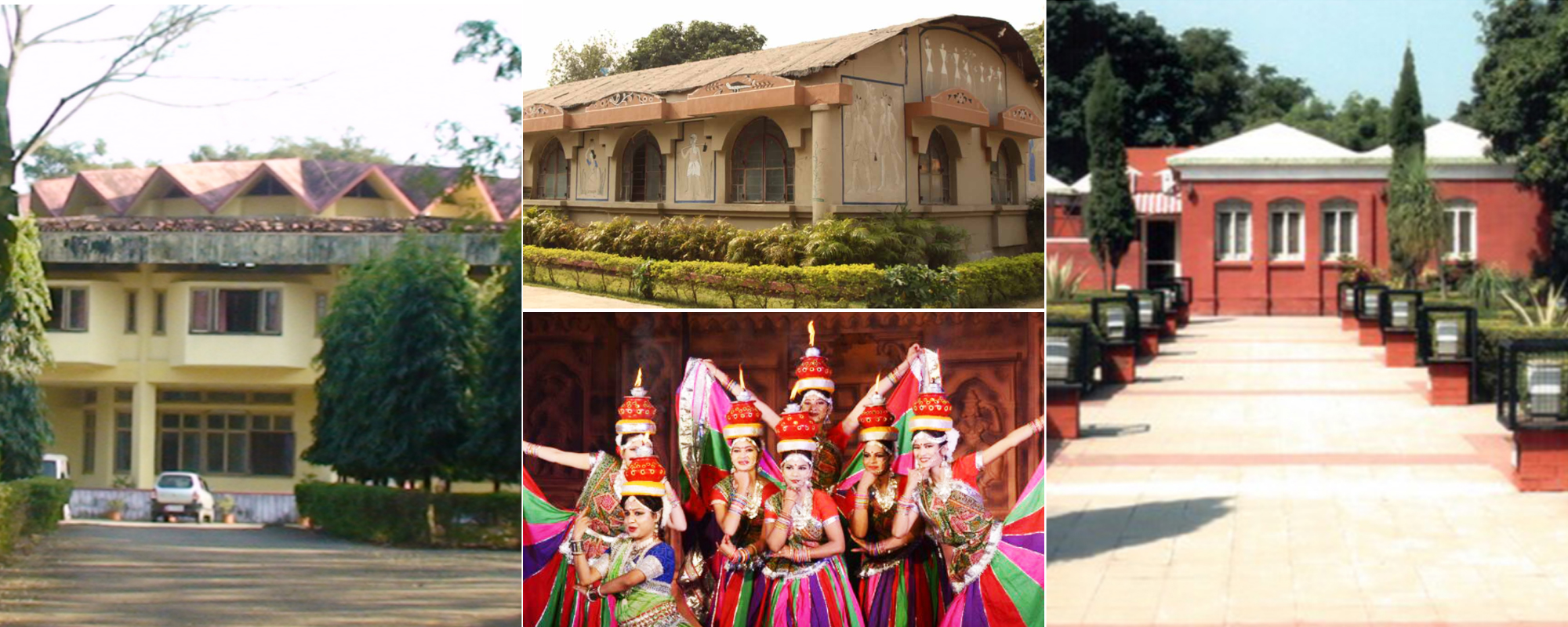
Indian tribal dance and music performances are a vital part of India's diverse cultural heritage. India is home to a vast number of tribes, each with their unique dance forms and music styles that are reflective of their history, traditions, and way of life. These performances are a celebration of the community, a way of expressing joy, and a means of passing down traditions to younger generations. From the vibrant and energetic Bihu dance to the graceful and intricate movements of Yakshagana, the tribal dances of India are a fascinating reflection of the country's cultural diversity. The tribal dance and music performances reflect the traditions, beliefs, and way of life of over 700 tribes in India. These performances are not just a form of entertainment but also serve as a way to connect with the community, celebrate life, and pass down traditions to the younger generation. Tribal dances and music are often performed during festivals and important occasions and hold significant cultural and social importance. They are an expression of the unique identities and diversity of the Indian tribes and showcase the beauty of their art forms to the rest of the world.
Tribal Dances
The history of tribal dances in India dates back thousands of years. The dances were originally performed as a form of worship to nature and the deities associated with it. Over time, the dances began to take on a more social significance and were performed during festivals and important occasions.Each tribe in India has its unique dance style that reflects its culture and way of life. These dances are often performed to the beats of traditional instruments like drums, cymbals, and flutes. The movements in these dances are often inspired by nature and depict stories and myths associated with the tribe.Throughout history, the tribal dances in India have been influenced by different religions and cultures that have come into contact with them. Despite the influence of outside cultures, the tribal dances of India have managed to retain their unique identity.
Tribal Music and Instruments
The origins of tribal music and instruments in India can be traced back to the early civilizations that existed in the country. Many of the instruments used in tribal music, such as the dhol, nagada, and shehnai, are similar to those used in classical Indian music. However, tribal music also incorporates unique instruments such as the tribal flute, ektara, and mandar. These instruments were traditionally made from natural materials like bamboo, wood, and animal hides. The rhythms and melodies in tribal music are often inspired by the sounds of nature and reflect the spiritual and cultural beliefs of the tribe. The music plays an integral role in tribal life and is often used to accompany dance performances, rituals, and other important events.
Tribal dance and music in India have evolved over time, influenced by different cultures, religions, and social changes. While the basic forms and styles of tribal dance and music have remained intact, the use of costumes, instruments, and the context in which they are performed has undergone significant changes. In some cases, the influence of outside cultures has led to the creation of new dance forms or the blending of traditional forms with contemporary elements. The incorporation of modern instruments and recording technologies has also helped to make tribal music more accessible to a wider audience. Despite these changes, tribal dance and music continue to be an integral part of the cultural heritage of India, and efforts are being made to preserve and promote these art forms.
Tribal dance and music in India hold immense cultural significance as they represent the country's diverse and rich cultural heritage. These traditional art forms not only provide a glimpse into the customs and traditions of the various tribal communities in India but also serve as a medium for the transmission of cultural values and beliefs from one generation to the next. Tribal dance and music are often performed during religious festivals, agricultural ceremonies, and other important occasions, where they play an essential role in creating a sense of community and shared identity among the people. Moreover, tribal dance and music have also inspired and influenced other art forms in India, including classical dance and music, and have gained recognition on the global stage, contributing to the country's soft power and cultural diplomacy efforts.
Tribal dance and music are an integral part of India's cultural heritage, representing the country's diverse and rich traditions. These traditional art forms have evolved over time, reflecting the customs and beliefs of various tribal communities across the country. They serve as a medium for the transmission of cultural values and beliefs, creating a sense of community and shared identity among the people. Tribal dance and music also contribute to the country's soft power and cultural diplomacy efforts, gaining recognition on the global stage. Despite the challenges of modernization and globalization, these art forms continue to thrive, with efforts being made to preserve and promote them for future generations.
Weas Indians should explore and appreciate the beauty and cultural richness of tribal dance and music in India. These traditional art forms are a unique reflection of India's diverse cultural heritage and are worth experiencing firsthand. By attending performances and learning more about the customs and traditions behind these dances and music, we can gain a deeper understanding and appreciation of the richness of India's cultural Curtains.
Copyright 2012-2025 Indiamap Digital Private Limited. All rights reserved. Privacy Policy | Terms of Use